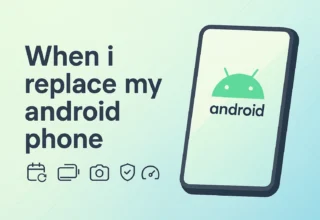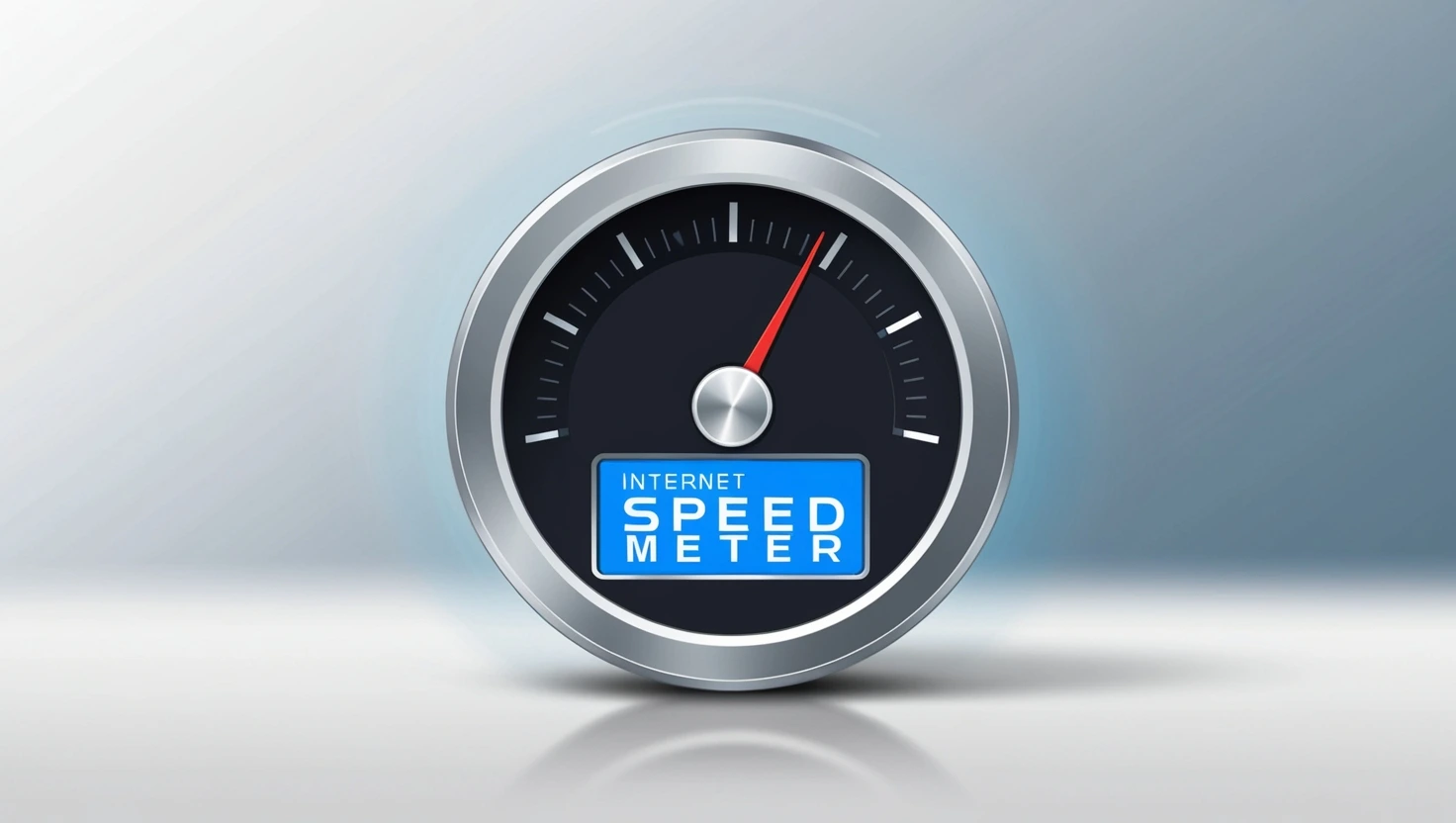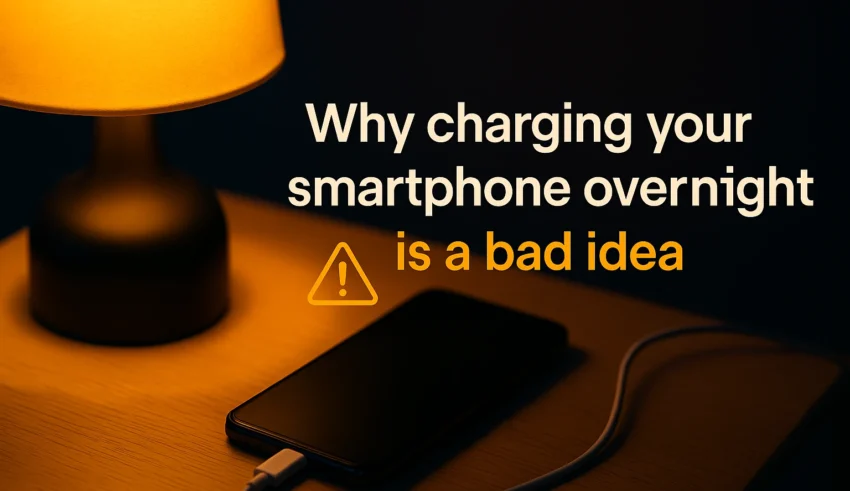
In this article i address a question many of us have wondered about: how much does overnight charging affect our phone’s battery?
Based on my research, charging the phone overnight does not by itself “destroy” the battery, because modern devices include charge-management systems that stop drawing power once the battery reaches 100%.
However, keeping a phone at 100% for many hours while it remains plugged in holds the battery at a high state of charge and often raises its temperature—two factors that accelerate the natural ageing of lithium-ion batteries. If you need to charge at night, prefer slower charging in a cool environment and enable features like Optimized/Adaptive Charging so the device delays reaching 100% until shortly before you wake up.
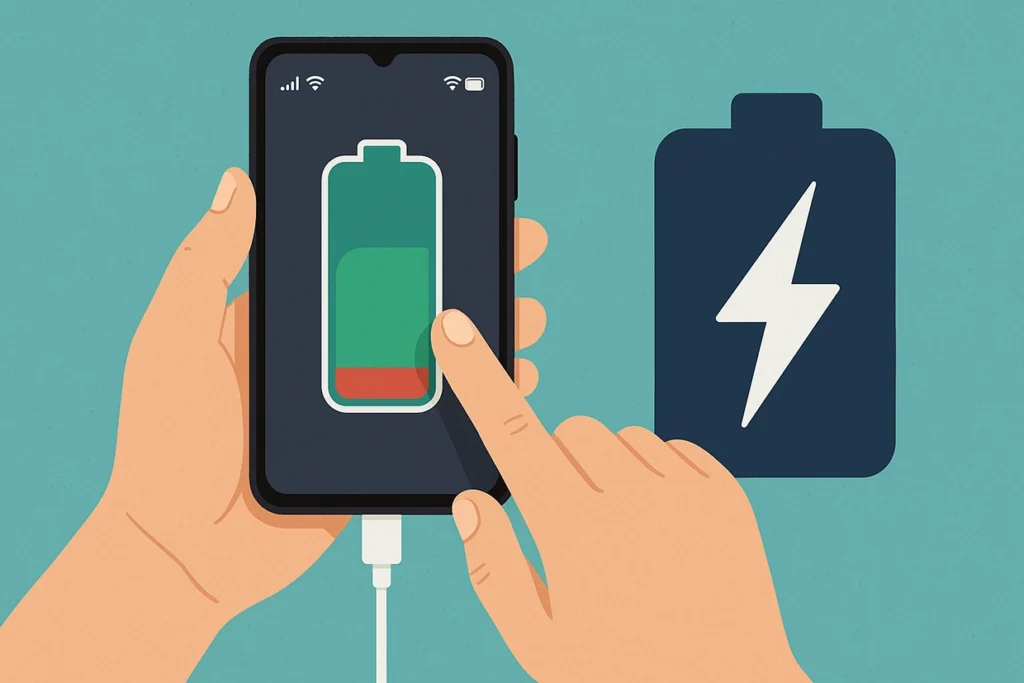
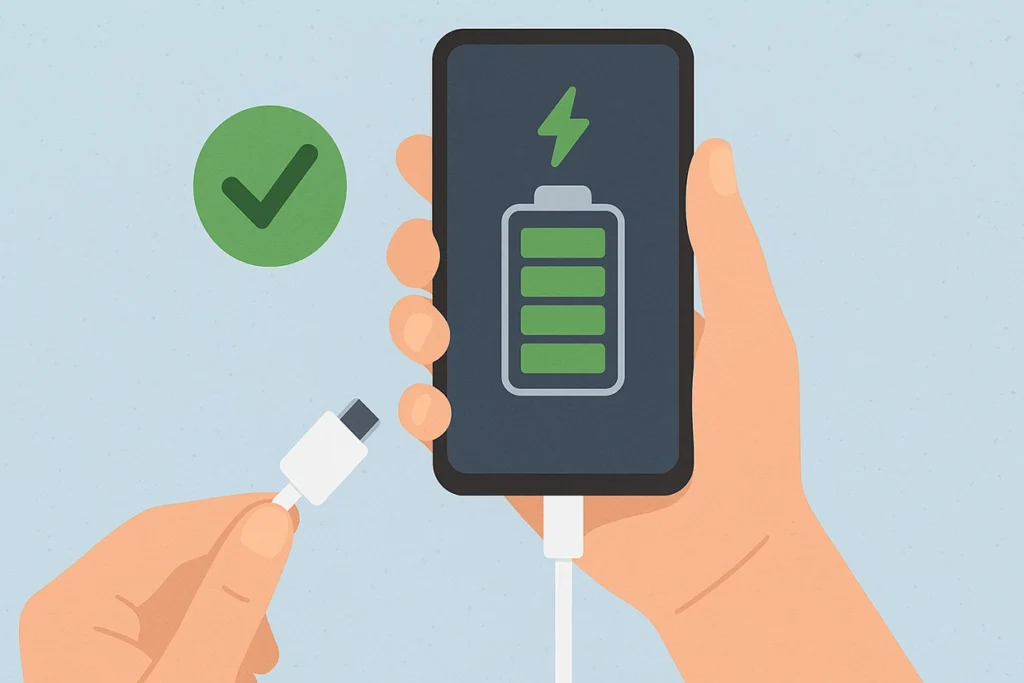
How is battery lifespan determined?
Rechargeable batteries gradually lose usable capacity over charge cycles. Manufacturers often refer to “equivalent full cycles” (EFCs): many partial charges/discharges that add up to 100% count as one cycle. After a few hundred cycles, a capacity drop (e.g., to ~80% of the original) is expected. The wear rate depends on temperature, depth of discharge, charging speed/power, and how much time the battery spends near 100% or close to 0%. Therefore, charging the phone with moderate habits (avoiding constant 0%–100% swings and excess heat) helps preserve battery health for longer.
Why do lithium-ion batteries lose capacity?
Smartphones use lithium-ion chemistries (e.g., NMC/NCA/LCO) with a graphite anode. You may also see “Li-Poly”, which mainly refers to the pouch/packaging form factor rather than a fundamentally different chemistry.
Battery “ageing” stems from phenomena such as growth of the SEI (solid-electrolyte interphase) on the anode and gradual electrode wear. These are accelerated by:
- High voltage / high state of charge (staying near 100% for long periods)
- Deep discharge (repeatedly running very low)
- Temperature (especially during fast charging or when the device is under heavy load)
- Repeated very high charging currents
In short, unstable extremes—continually hitting 0% or sitting at 100% while warm—stress the battery far more than the act of charging the phone itself when done carefully and under control.
How to “take care of” my smartphone battery
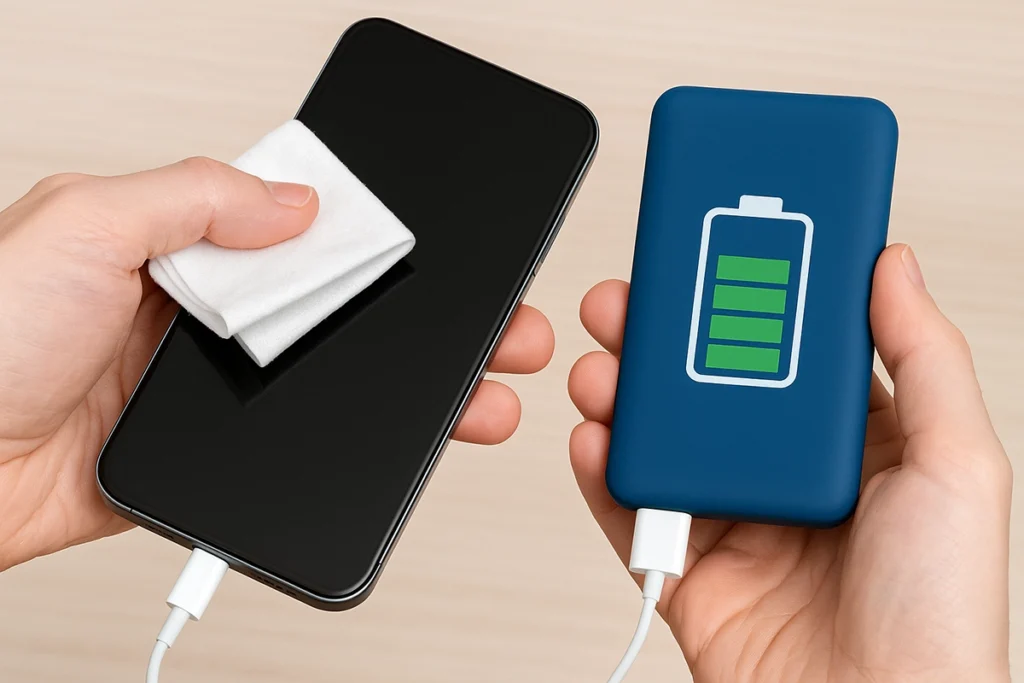
- Avoid extremes: You don’t need to obsess over 20–80%, but regularly staying at 100% or frequently hitting 0% is unhelpful. When convenient, unplug around 80–90% for daily use.
- Heat = enemy: Charge in a cool place, remove bulky cases if they trap heat during charging, and don’t cover the device. Prolonged phone charging at elevated temperatures accelerates wear.
- Slow rather than fast at night: If charging while you sleep, use a lower-power charger or your phone’s “optimised” mode so it reaches 100% closer to wake-up time. Reserve high-power fast chargers for daytime when you can stop charging promptly.
- Safety: Don’t leave the phone under a pillow, in direct sun, or on hot surfaces. Use quality, certified chargers and cables.
- Smart features: Enable Optimized Battery Charging, Adaptive Charging, or Protect Battery where available—these reduce time spent at 100% when the phone remains plugged in.
- System updates: Keep software up to date; updates can improve power management and thermal behaviour.
Can I use apps while my phone is charging?
Yes, it’s safe for the device, provided you avoid heavy apps/games that raise temperature during phone charging. More heat means more wear. If you need to watch videos or make video calls while charging, ensure good ventilation and favour slower charging. Also, when the battery is very low (near 0%), avoid demanding tasks that further stress the device.
In summary: Charging the phone overnight is not inherently “bad”, but extended time at 100% and excess heat accelerate ageing. With a cool environment, slower overnight charging, and smart charge-management enabled, you can keep the battery healthier for longer.
- Quality, certified charger and cable
- Avoid extremes: not constant 0% or constant 100%
- Prefer slow charging at night; fast charge only when needed
- Close heat-intensive apps while charging
- Enable Optimized/Adaptive/Protect Battery features
- Leaving the phone at 100% for hours every night
- Gaming/4K video while charging → extra heat
- Using cheap, uncertified power adapters
- Charging in poorly ventilated places


